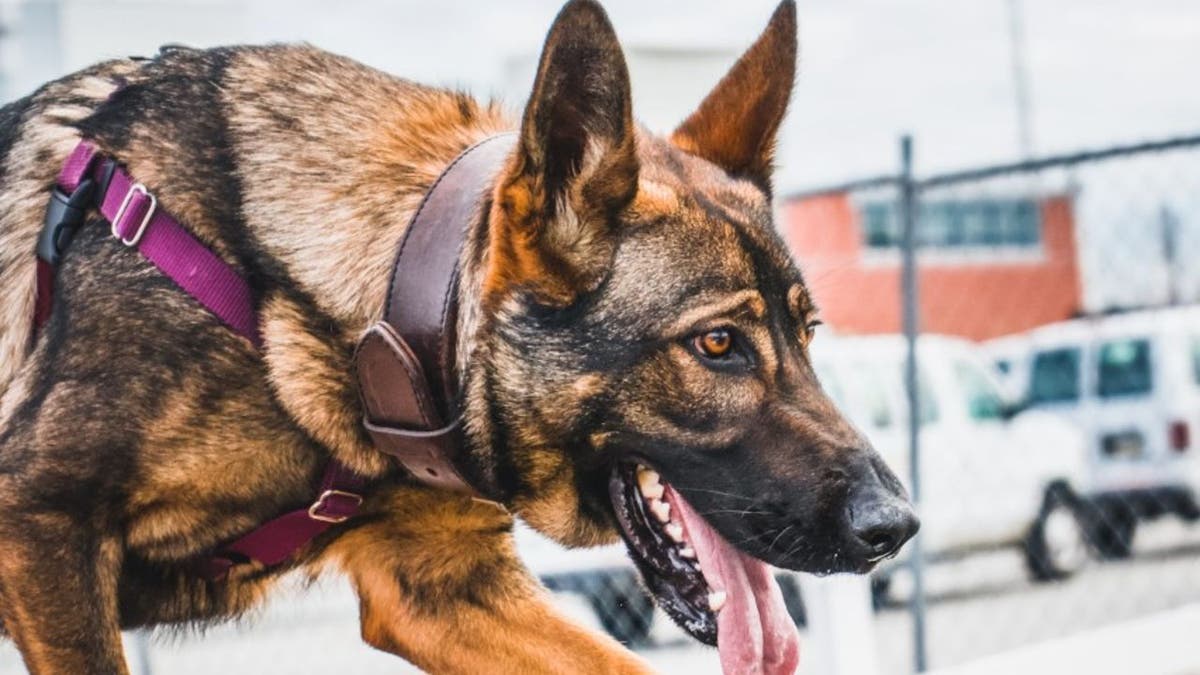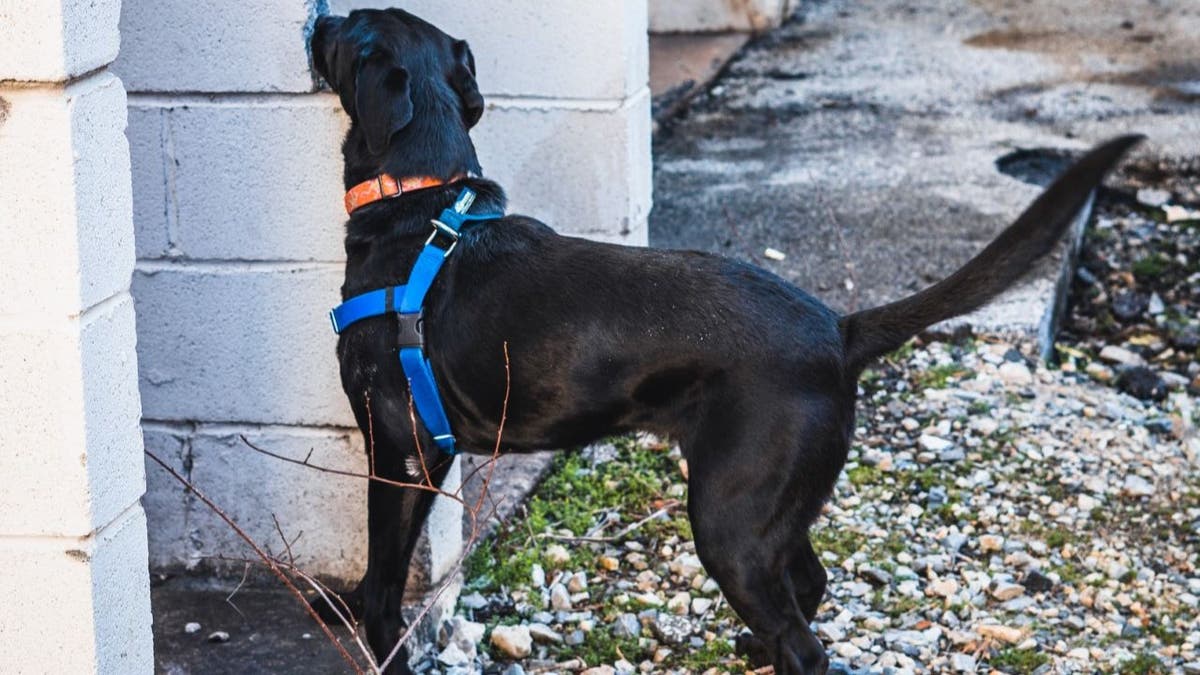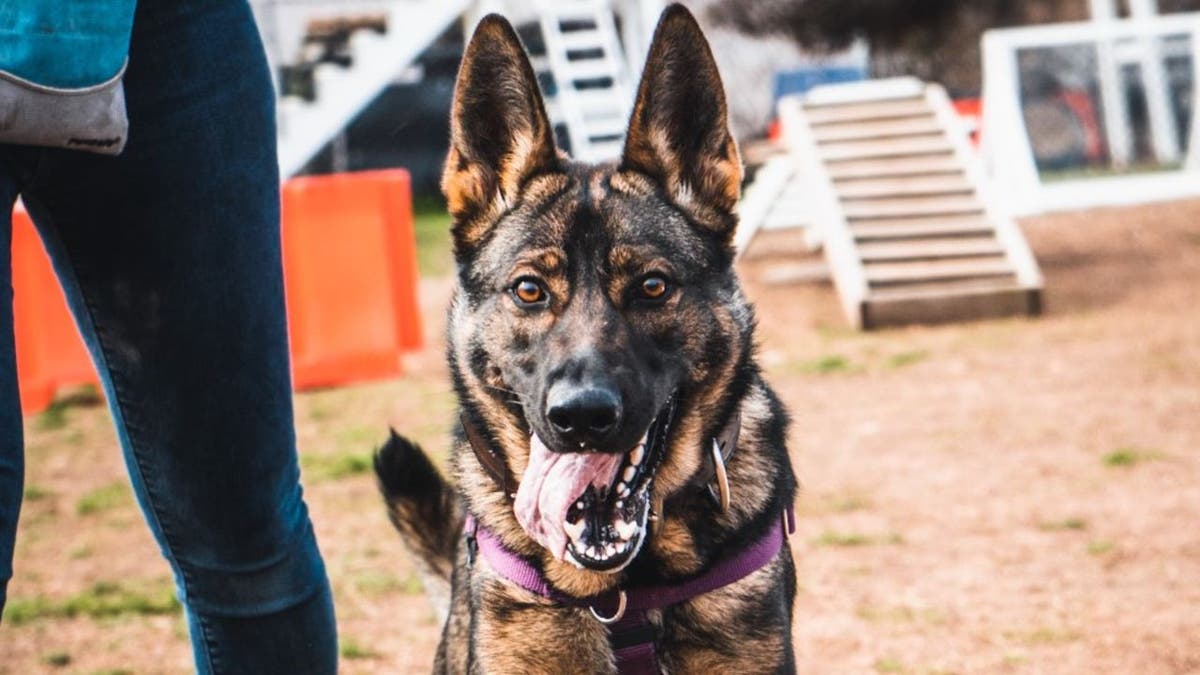With an invasive insect species threatening plants, Pennsylvania agriculture officials have turned to man’s best friend for help.
Researchers at the University of Pennsylvania’s school of veterinary medicine have trained three dogs to identify the scent of spotted lanternfly eggs as part of a pilot program. They are also training another dog for the Pennsylvania Department of Agriculture.

With an invasive insect species threatening plants, Pennsylvania agriculture officials have turned to man’s best friend for help. (Shelby Wise) (Shelby Wise)
The spotted lanternfly is an invasive species native to China that feeds on the sap of many different plants, including ones of economic importance like grapevines, maples, black walnut, birch and willow, according to state agriculture officials. As Fox News recently reported, the bugs could cost the state’s economy $324 million a year.
Officials are asking anyone who spots a lanternfly or its egg masses to destroy them and report the location to the state.

An invasive bug is spreading in the Northeast and causing problems for apple orchards. (Photo: Katie Byrne / Fox News Multimedia Reporter)
ZOO REMOVES PARROTS FROM VIEW AFTER THEY KEPT SWEARING AT GUESTS
Still, the bugs have been spreading fast since first being discovered in Pennsylvania in 2014. As of Aug. 31, there had been more than 62,000 reported sightings of them in Pennsylvania this year, a 72% increase from the same time last year. And they’ve also been spotted in New Jersey, New York, Delaware, Maryland, Virginia and West Virginia.
That’s why the Penn Vet researchers have turned to dogs to help track down lanternfly eggs. In the initial training group, they taught Labrador retriever Pacy, German shepherd Grizzly and small Münsterländer Toby to identify the scent of lanternfly frozen eggs in a lab.

Pacy, a Labrador retriever, finds a spotted lanternfly egg mass. (Shelby Wise)
CLICK HERE TO GET THE FOX NEWS APP
Trained dogs are “uniquely positioned” to find the egg masses because they have up to 300 million smell receptors in their noses, according to Dr. Cindy Otto, director of Penn Vet’s Working Dog Center.
They then brought the dogs out to “realistic environments” and the animals were able to find the eggs on cars, pallets and hidden under objects. They correctly identified the egg masses 95% of the time and ignored decoy scents 93% of the time, according to Penn Vet.
“One of the most critical parts of our technique was making sure that the dogs could correctly alert from the egg mass odor and ignore the background odor of tree back, which was surely on all of the eggs,” postdoctoral researcher Jennifer Essler said in a written statement. “We found that after training on the dead eggs, the dogs transferred easily to the live eggs in just a couple of sessions.”

Lucky is training to detect spotted lanternfly eggs for the Pennsylvania Department of Agriculture. (Shelby Wise)
CLICK HERE TO SIGN UP FOR OUR LIFESTYLE NEWSLETTER
Following the success of the pilot program, the Penn Vet researchers are next training a dog named Lucky to detect lanternfly eggs for the Pennsylvania Department of Agriculture. Lucky will join the state inspectors who have been tasked with stopping the bug’s spread.
Pennsylvania Agriculture Secretary Russell Redding called Penn Vet “an invaluable partner” on the effort.
“We are thrilled to see the work of Dr. Otto’s team come to fruition and excited to have Lucky join the skilled team of inspectors working to keep spotted lanternfly from spreading,” Redding said in a written statement.
